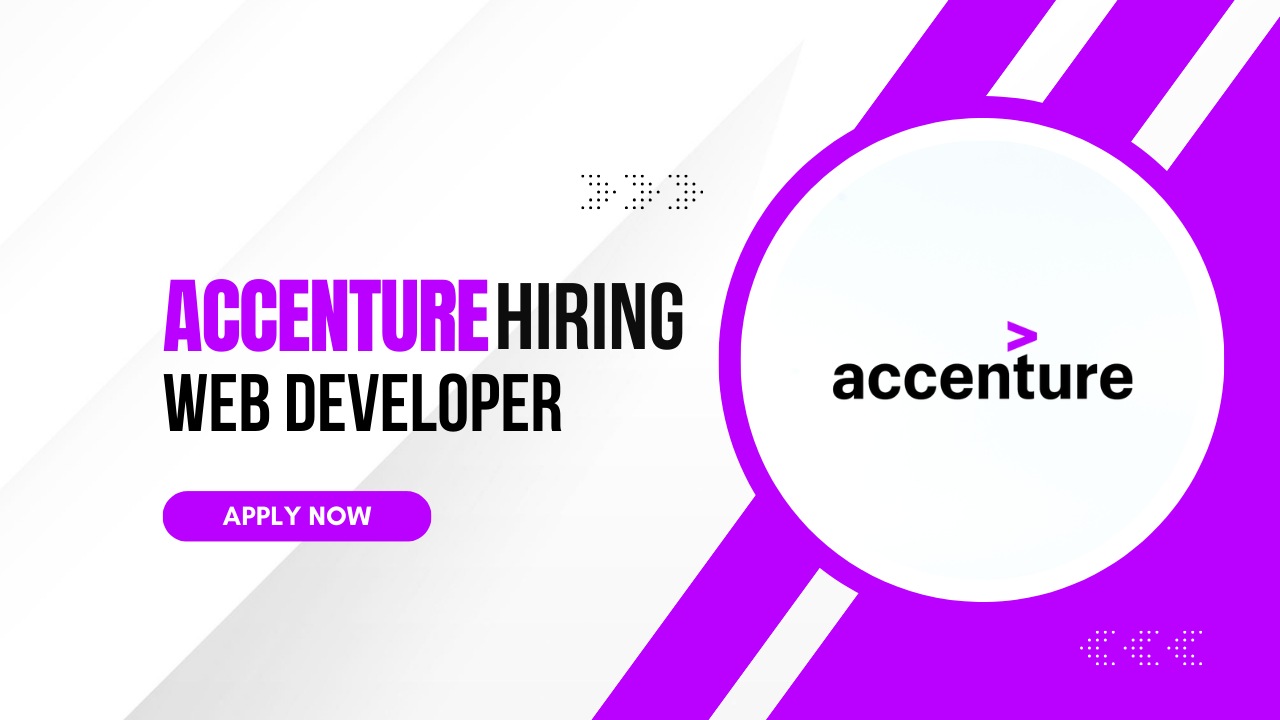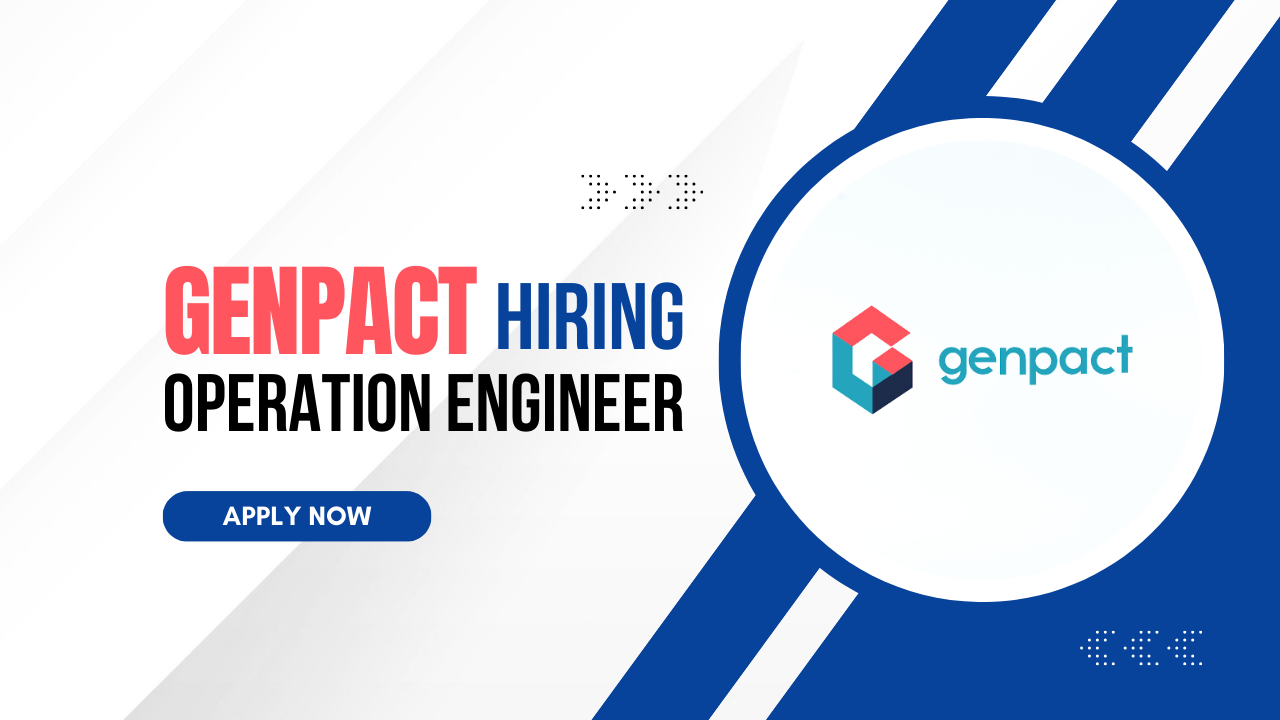Mastercard Recruitment Drive :-
Mastercard’s Latest Hiring Alert for 2024: Calling All Innovators! 🌐
Mastercard, a global leader in the payments industry, is searching for top-tier talent to join their cutting-edge development teams. If you’re a seasoned expert in Big Data, cloud technologies, and programming languages like Java or Scala, this could be your next big leap! Mastercard’s mission is to connect and power an inclusive, digital economy, using secure data and advanced networks to create innovative solutions for individuals, financial institutions, and governments. 🌟
As a Lead Data Engineer or Lead Software Engineer (Big Data), you will play a crucial role in revolutionizing Mastercard’s loyalty programs by combining their advertising network with anonymized transaction data to deliver personalized offers to consumers. From designing and developing robust software to leading a team of skilled engineers, this is your chance to work on high-impact projects in a fast-evolving tech landscape.
Don’t miss the opportunity to elevate your career with Mastercard—a company renowned for fostering a culture of inclusion, innovation, and integrity. 🌍 Head over to Kaabil Jobs to explore this dynamic role and make your mark on the future of global payments!
𝐏𝐚𝐲 𝐀𝐟𝐭𝐞𝐫 𝐏𝐥𝐚𝐜𝐞𝐦𝐞𝐧𝐭 𝐓𝐫𝐚𝐢𝐧𝐢𝐧𝐠 𝐏𝐫𝐨𝐠𝐫𝐚𝐦- 𝐆𝐞𝐭 𝐏𝐥𝐚𝐜𝐞𝐝 𝐈𝐧 𝐓𝐨𝐩 𝐌𝐍𝐂’
Overview
Qualifications
- Bachelor’s/University degree in Computer Science, Software Engineering, or a related field, or equivalent experience.
- Proficiency in at least one modern programming language, such as Java or Scala.
- Strong understanding of computer science fundamentals including object-oriented design, data structures, algorithm design, problem solving, and complexity analysis.
- Extensive hands-on experience with Spark, Relational Databases (e.g., MySQL, Postgres), and NoSQL databases.
- Familiarity with Big Data tools and technologies like Hive, Impala, OOZIE, Airflow, NIFI, and Kafka.
- Experience with Linux/Unix systems, including basic shell scripting.
Strong analytical and problem-solving abilities in a dynamic, high-scale technical environment. - Proven experience in designing and developing scalable software systems.
- Excellent communication and collaboration skills, with the ability to mentor junior team members and work effectively with cross-functional teams.
Skills Required
Roles & Responsibilities:-
- Design, develop, test, deploy, maintain, and improve software solutions
- Manage individual project priorities, deadlines, and deliverables
- Ensure the final product is highly performant, responsive, and of the highest quality
- Actively participate in agile ceremonies, including daily scrum, story pointing, story elaboration, and retrospectives
- Lead and mentor junior and new team members
- Maintain continuous dialogue with Business/Product/Other Engineering teams
- Proficiency in modern programming languages (e.g., Java, Scala)
- Strong foundation in computer science concepts (object-oriented design, data structures, algorithms, problem-solving, and complexity analysis)
- Expertise in Spark and big data processingExperience with Relational Databases (e.g., MySQL, Postgres) and NoSQL databasesKnowledge of big data tools and technologies, such as:
- Hive
- Impala
- OOZIE
- Airflow
- NIFI
- Kafka
- Hands-on experience with Linux/Unix systems and basic shell scripting
- Ability to design and develop software at scaleStrong communication and interpersonal skills, particularly in leading and mentoring teams
- Familiarity with agile development methodologies (e.g., daily scrums, story elaboration, retrospectives)
Job Description:-
As a Lead Data Engineer/Software Engineer at Mastercard, you will play a critical role in shaping the future of our data-driven loyalty programs. Your responsibilities will involve working on advanced data systems and developing innovative solutions that directly impact consumer engagement and business outcomes. Responsibilities include:
- A key role in Mastercard’s tech team, driving the development of high-performing and scalable software solutions.
- Applies deep expertise in building and maintaining Big Data pipelines and infrastructure.
- Identifies inefficiencies in current processes and implements improvements to enhance data operations.
- Analyzes and interprets large, complex data sets to ensure data quality and accuracy.
- Designs and develops data structures, ETL processes, and large-scale software systems that align with Mastercard’s business needs.
- Integrates advanced technical skills with industry best practices to stay ahead in a constantly evolving technology landscape.
- Collaborates with cross-functional teams, including product, business, and other engineering groups, to deliver on shared objectives.
- Maintains a strong knowledge of emerging technologies and trends within Big Data and cloud ecosystems.
- Directly contributes to the performance, scalability, and reliability of Mastercard’s platforms, ensuring continuous innovation in the company’s data capabilities.
Mastercard Recruitment Drive Application Process:-
Apply In Below Link
Apply Link:- Click Here To Apply (Apply before the link expires)
Note:– Only shortlisted candidates will receive the call letter for further roundsTop MNC’s Hiring Across India , Upload Your Resume
Join Us For Regular Job Updates



